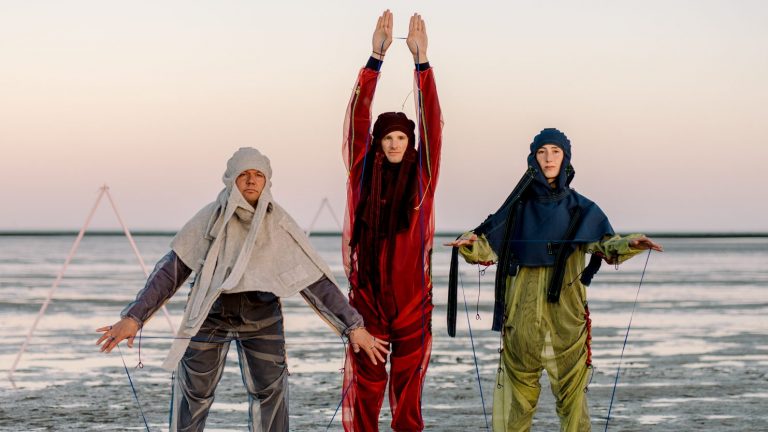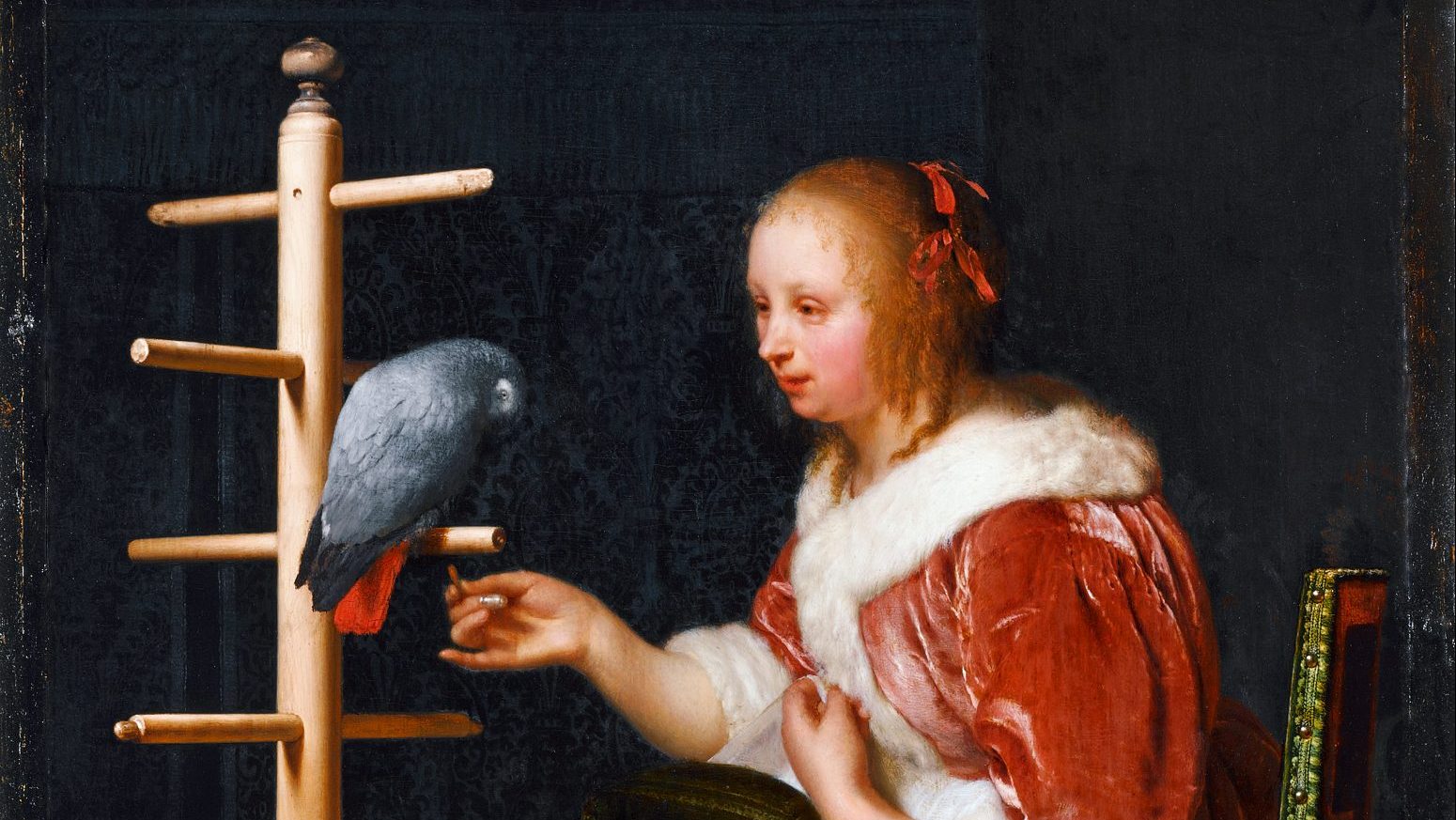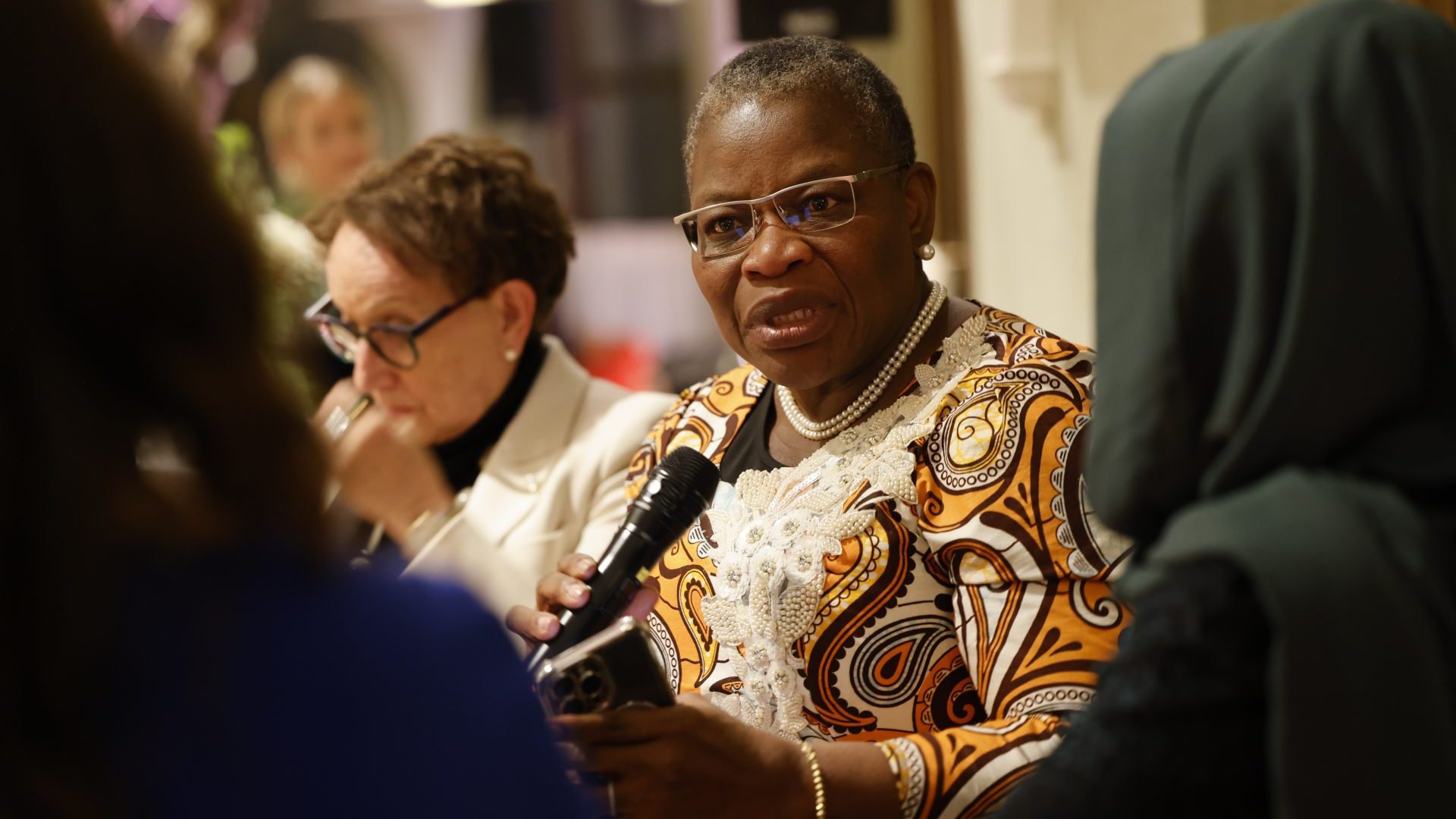In Amsterdam, a city well-versed in the push-pull of international bartering, a timely cultural juggling act is under way: highlights from the Leiden Collection, an incomparable private cache of 17th-century Dutch paintings owned by the American financier and philanthropist Thomas Kaplan.
On a dazzling morning, I saw From Rembrandt to Vermeer: Masterpieces from the Leiden Collection at H’ART Museum, previously known as Hermitage Amsterdam. When Russia invaded Ukraine, a swift rebrand ended the funding and flow of art from its partner museum in St Petersburg. Fortuitously, Kaplan stepped up. He describes his trove of around 220 paintings and drawings as a “lending library of Old Masters”.
“These paintings carry a universal message,” Kaplan tells me. “They reflect the variety of experience that accumulates into human life.”
Lending works to Europe from the US – and vice versa – is a valuable tool for maintaining cultural links during fractious times. In the words of Birgit Boelens, chief curator at H’ART, “it is a safe bridge”. And the return of the Leiden Collection further highlights the evergreen popularity of Dutch Golden Age art. Only two years ago the Rijksmuseum staged the blockbuster to upstage all other blockbusters with a Vermeer spectacular that presented 28 of the 37 works attributed to the artist. That exhibition included A Young Woman Seated at the Virginals from the Leiden Collection, the only Vermeer in private hands, which in the H’ART show delivers a final, delicate, punctuation in the last gallery. The orange ribbon in the young woman’s hair waves visitors towards the exit.
Patrick Williams, director of Adam Williams Fine Art, an Old Master gallery in New York that regularly exhibits at the TEFAF fair in Maastricht, explains that transatlantic cultural traffic has “been important for 700 years, from the Renaissance when portraiture was used by kings and queens to find matches through to the gift of the Statue of Liberty.” The current state of affairs between America and Europe has impacted Williams “psychologically, financially and emotionally”. But the writing was on the wall. “Brexit is an example of the damage that this kind of thing can do. Culture is meant to be a collective experience, that’s why it’s so heartbreaking.”
Suggested Reading

How the Dutch hold back the sea
Realistically, can loaning art ease political tensions? “Lending is an acknowledgment of our shared heritage and of our common bonds,” insists Kaplan. “It’s a way of giving to audiences what they already own, which is the history we all descend from. And sharing, of course, is a way of opening up.”
Situated on the banks of the Amstel River, the H’ART building feels like an apt setting for feelings of togetherness. For most of its life it was a home for old people. When it became a museum, there were still elderly residents living here as art lovers began to arrive. And there are lessons to be learned from the Dutch Old Masters of the 17th century, notes Kaplan. “They were extraordinarily sensitive artists. They understood the depth of feeling that all individuals are capable of, which they expressed with unyielding, powerful honesty. Their paintings are wellsprings not only of stunning beauty, but also of deep truths regarding the universal human experience.”
The Leiden Collection – named after Rembrandt van Rijn’s native city – is one of the most important private holdings of Old Masters in the world. Walking through the H’ART galleries, you see the feathery touch of Frans van Mieris’ depiction of a Young Woman Feeding a Parrot and the strikingly modern-seeming self-portrait by Jan Lievens. And then there’s Rembrandt’s enigmatic hand, capturing anonymous servants, allegories and exquisite lace collars, as well as the artist’s own eyes peering through the shadows.
It is this broad, innovative and compassionate range that has beguiled audiences for 400 years. As Kaplan observes: “What we learn from these paintings is that, despite profound historical changes between the 17th and 21st centuries, what it means to be a person in the world has not changed fundamentally.”
Christian House is a freelance arts and literature journalist



